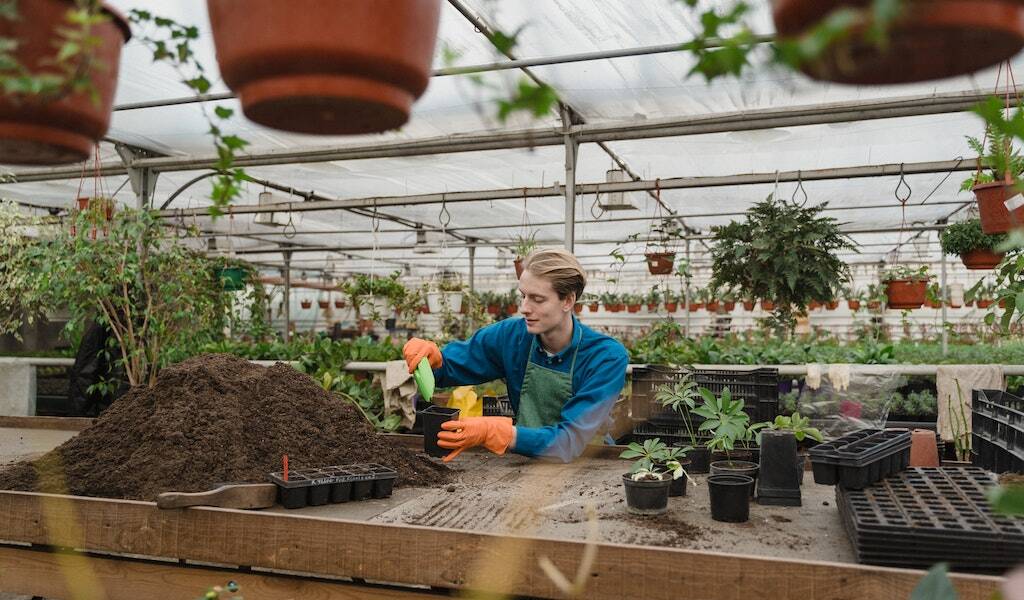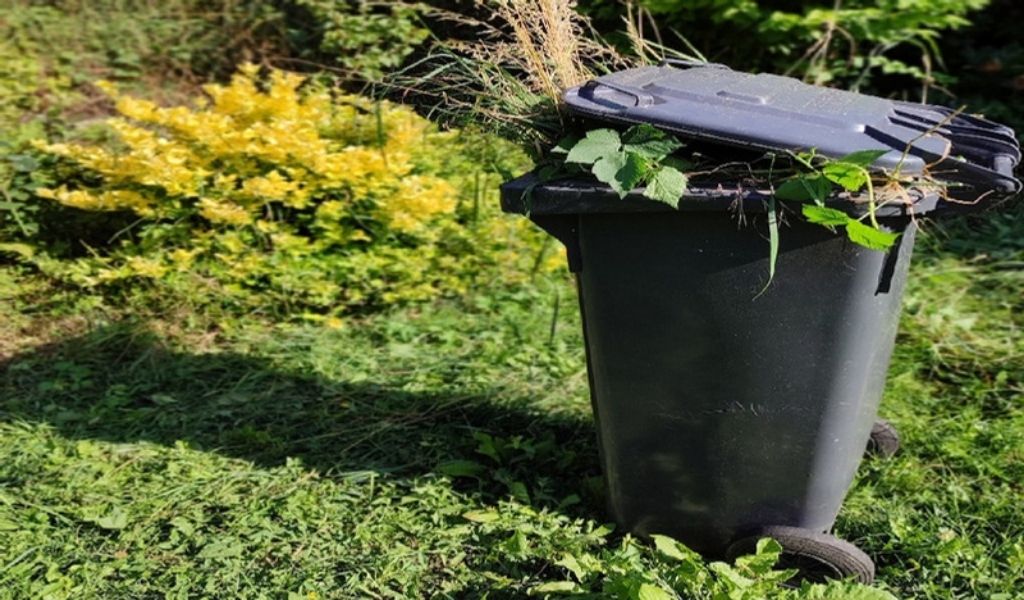Garden maintenance involves regular upkeep that leaves behind waste such as grass clippings, leaves and twigs. The best way to combat this problem is by recycling green waste at home through composting, which offers a cost-effective and eco-friendly alternative. However, there are a lot of other ways to take care of your lawn.
Skips
Garden maintenance, such as mowing lawns and cutting back herbaceous plants to prune trees and shrubs, creates green waste that must be managed. This task may require just hours or an entire weekend depending on its scope. To prevent ending up in landfill sites, it is vital that this problem be managed appropriately.
One way of disposing of your refuse is renting a skip. This solution is particularly effective when clearing sites for construction work, replacing patios or clearing old conifer hedges. Hiring a skip saves both time and effort in gathering, sorting and transporting items while being safer when dealing with bulky, heavy or hazardous materials.
Another way of recycling and producing rich organic compost for use in your own garden is composting it at home like this. Composting is an ideal way to both recycle your own materials while producing rich, nutritious soil amendment. Simply build a pile with both green and brown materials (high in nitrogen content for green materials such as leaves) that should be turned regularly so as to redistribute its contents evenly across the pile.
Your local recycling center may also offer the service, with designated areas for collecting green waste which will then be sent off to an industrial-sized composting facility.
Dry things such as twigs, logs and paving slabs can be easily recycled if they are free from any toxic substances or chemicals. Before taking this stuff to a recycling center it would be wise to check with your local council as they may require it be taken to an amenity site instead. Liquid waste such as weed killers, petrol/fuel for lawnmowers as well as pesticides or fertilizers must not be disposed of this way as these will harm the environment and should instead be taken to amenity sites instead.
Bonfires
Burning yard waste may seem like the ideal solution; however, in areas prone to wildfires it may not be. Instead, consider composting or other methods as viable ways of disposing of your garden waste.
Small backyard gardens may benefit from using a compost bin as an effective and environmentally-friendly means of disposing of organic waste and creating fertilizer for their plants. Not only can this solution get rid of yard waste efficiently and sustainably, it will also help your garden become healthier.
Yard waste refers to any organic materials produced when maintaining your lawn and garden, such as leaves, grass clippings, twigs or branches from trees and shrubs. Recycling such materials is vital in order to create healthy soil.
As well as composting your garden waste, another great way to use it safely is to burn it. However, be mindful when doing this – use a fire pit, keep the pile far from any structures, and only burn dry material. Also check local laws and regulations prior to lighting any fire.
An alternative method for disposing of garden waste is hiring a yard waste removal service. Companies like Ridly Rubbish Removal will collect your yard waste and take it directly to a dump or recycling center on your behalf. This is perfect for larger properties with a significant amount of trash production.
No matter the size or nature of your garden or estate, yard waste will accumulate. While some items can be reused for future plantings or composted as needed, most must be properly disposed of – composting, burning and hiring crews are among the many methods available to you to dispose of yard waste in a sustainable and safe manner. So why wait any longer? Get out there and start cleaning up today!
Incinerators
Garden incinerators are devices designed to burn trash at very high temperatures. Resembling large trash cans in appearance and featuring galvanized outer steel layers to resist corrosion or fade over time, garden incinerators come equipped with handles for easier handling – perfect for getting rid of garden debris that has built up over time.
Most people would rather add their yard waste directly to a compost pile; however, that process can take time and is inconvenient for many reasons. A garden incinerator offers an efficient solution; items will be transformed into ash that can then be added directly to compost piles – helping acidity levels while making for healthier compost piles overall.
Garden incinerators offer the flexibility of being used both indoors and outdoors, and are extremely safe when used appropriately. Please read through and follow all user guide instructions prior to using one in your garden; make sure no other plants or objects could catch fire near it, tighten legs securely before starting trash burning, ensure the flue is secure before loading up with rubbish etc.
Start by lining the bottom of your incinerator with scrunched up paper. Arrange some twigs on top, and light it all at once to get things started. Add more twigs and bigger branches slowly so as not to smother the fire; once everything is burning nicely, secure its lid.
To maximize the efficiency of your garden incinerator, be sure to wear thick gloves and safety gear. It is also important to monitor it, as too much heat could potentially harm or kill plants on your property. Once cool, once the ashes have settled down you can either add them directly to your general trash bin or sprinkle them around your garden as these ashes can help combat acidity in soil while providing essential nutrients to plants.
Recycling
Garden waste can be transformed into mulch and compost for use in your own garden, helping retain moisture while protecting against weeds, while compost can improve soil quality and foster plant growth. Reusing green waste in the garden is the optimal method of recycling it; however, if this option doesn’t suit you then other options exist such as renting a skip bin, signing up for curbside collection services, or transporting it directly to recycling centers are also available.
Compost piles are an eco-friendly and popular method of disposing. By turning trash such as branches, flowers, leaves, grass clippings and fruit scraps into free fertilizer, twigs can easily become free fertilizer. You can purchase or make one out of wood or plastic sheeting. Keeping the pile mixed and turning regularly ensures all materials have equal chances to decompose; additionally, providing both green (nitrogen) and brown (carbon).
Many local councils now offer green waste collection from your curbside and take it directly to a recycling facility for composting or mulch production (www.smh.com.au/recycling-how-it-works) providing you with an excellent option if you produce large volumes. Beware when filling your green bin – diseased plants, super invasive weeds or poisonous plants should never go in as this may spread the problem to other gardens.
If you don’t want or cannot maintain a compost pile at home, another way is donating green waste to a community garden or neighbor who owns one. Most will accept whatever you may have with gratitude; just make sure that before doing so that they specify exactly which types of items they can accept since this can vary from place to place.


















